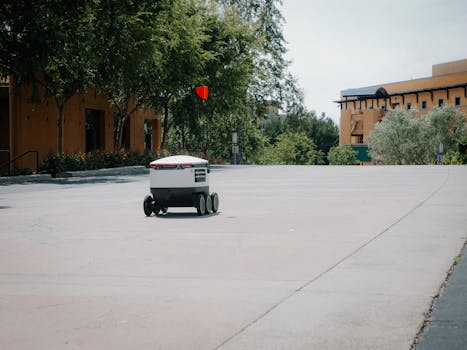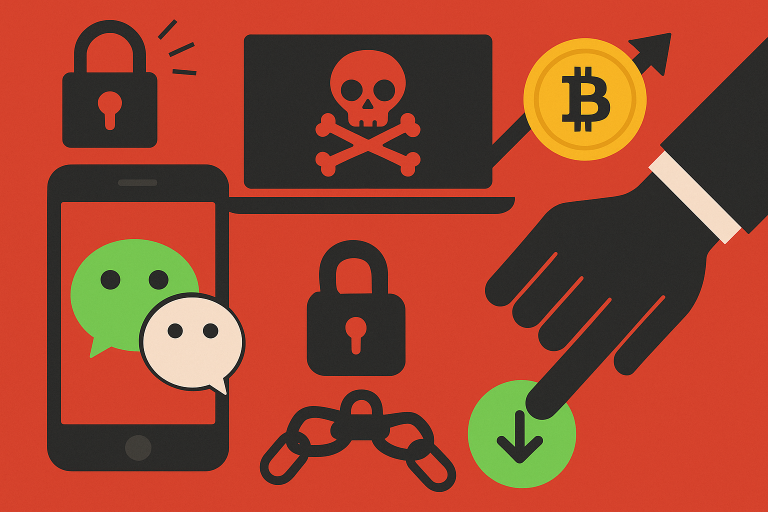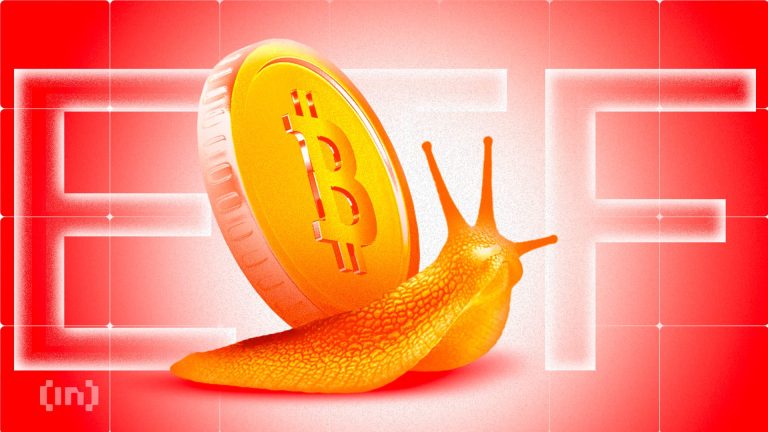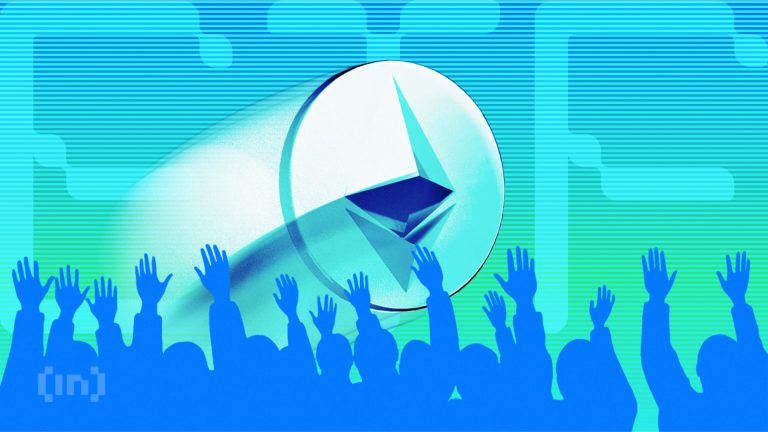
Smart Cities: Urban Trends for 2025
Smart Cities: Urban Trends for 2025 are revolutionizing the way we live and interact with our surroundings. As the world becomes increasingly urbanized, cities are leveraging technology and innovation to create sustainable, efficient, and livable environments. In this article, we’ll delve into the latest urban trends and technologies shaping the smart cities of 2025.
Introduction to Smart Cities
A smart city is an urban area that uses information and communication technologies (ICT) to enhance the quality of life for its citizens, improve the efficiency of services, and promote sustainable development. Smart cities integrate various technologies, such as IoT sensors, data analytics, and artificial intelligence, to manage and govern the city’s infrastructure, transportation, energy, and public services.
Urban Trends for 2025
So, what can we expect from smart cities in 2025? Here are some of the top urban trends to watch:
- Sustainable Infrastructure: Cities will focus on developing green infrastructure, such as parks, green roofs, and solar panels, to reduce carbon emissions and mitigate the urban heat island effect.
- Smart Transportation: Electric and self-driving vehicles will become increasingly popular, reducing congestion and emissions. Cities will also invest in smart traffic management systems to optimize traffic flow and reduce travel times.
- Energy Efficiency: Buildings and homes will be designed with energy efficiency in mind, incorporating features such as energy-harvesting windows, smart thermostats, and energy-saving lighting systems.
- Waste Management: Cities will adopt smart waste management systems, using sensors and data analytics to optimize waste collection routes and reduce waste disposal costs.
- Public Safety: Smart cities will leverage surveillance cameras, sensors, and data analytics to enhance public safety, reducing crime rates and improving emergency response times.
Technologies Driving Smart Cities
Several technologies are driving the development of smart cities, including:
- Internet of Things (IoT): IoT sensors and devices are being used to collect data on various aspects of city operations, from traffic flow to energy consumption.
- Artificial Intelligence (AI): AI is being used to analyze data and make predictions, enabling cities to optimize services and infrastructure.
- 5G Networks: 5G networks are providing the high-speed, low-latency connectivity needed to support smart city applications, such as smart transportation and public safety.
- Blockchain: Blockchain technology is being used to secure data and enable secure transactions, such as payment systems and identity verification.
Conclusion
In conclusion, smart cities are revolutionizing the way we live and interact with our surroundings. As we look to the future, it’s clear that technology and innovation will play a critical role in shaping the urban trends of 2025. By leveraging these technologies, cities can create sustainable, efficient, and livable environments that improve the quality of life for citizens.






